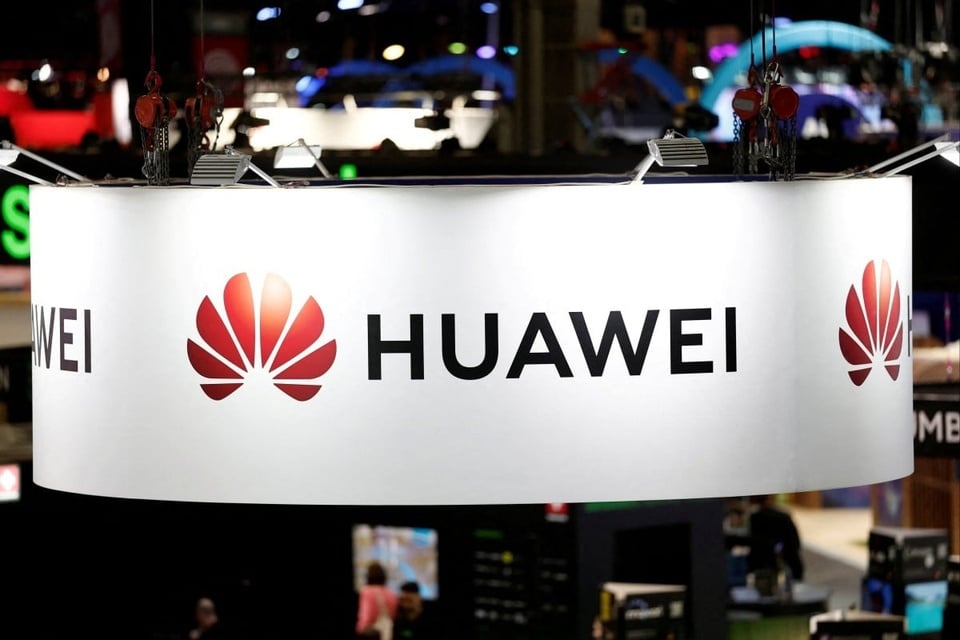 |
Huawei logo at the Viva Technology conference in Paris (France) in June. Photo: Reuters . |
Huawei has just announced the open source of two AI models and the Cangjie programming language developed by the company. According to technology experts, the above moves help the Chinese company expand its ecosystem and increase its overseas operations while being besieged by the US ban.
Specifically, Huawei will open source its Pangu AI models and some of its reasoning technologies. Previously, Chinese companies have also promoted the open source model development strategy. For example, Baidu opened sourced its large language model (LLM) Ernie on June 30.
Strategy to "learn" from Google?
Responding to CNBC , technology experts said that Huawei's move emphasizes the company's positioning in the open-source LLM market, while strengthening its position in the AI value chain in the context of the US imposing chip export restrictions.
In recent years, Huawei has transformed from a private telecommunications company into “a powerful technology giant with a full range of AI hardware and software,” according to Paul Triolo, vice president for China at consulting firm DGA-Albright Stonebridge Group.
According to Huawei's announcement, the open-source move is an important step in its "Ascend ecosystem strategy," referring to AI products revolving around the chip line of the same name, developed by the company to compete with Nvidia.
Opening up Pangu’s source code allows developers and businesses to access, test, and customize the model as needed. “This move could encourage the use of other Huawei products,” said Omdia analyst Lian Jye Su.
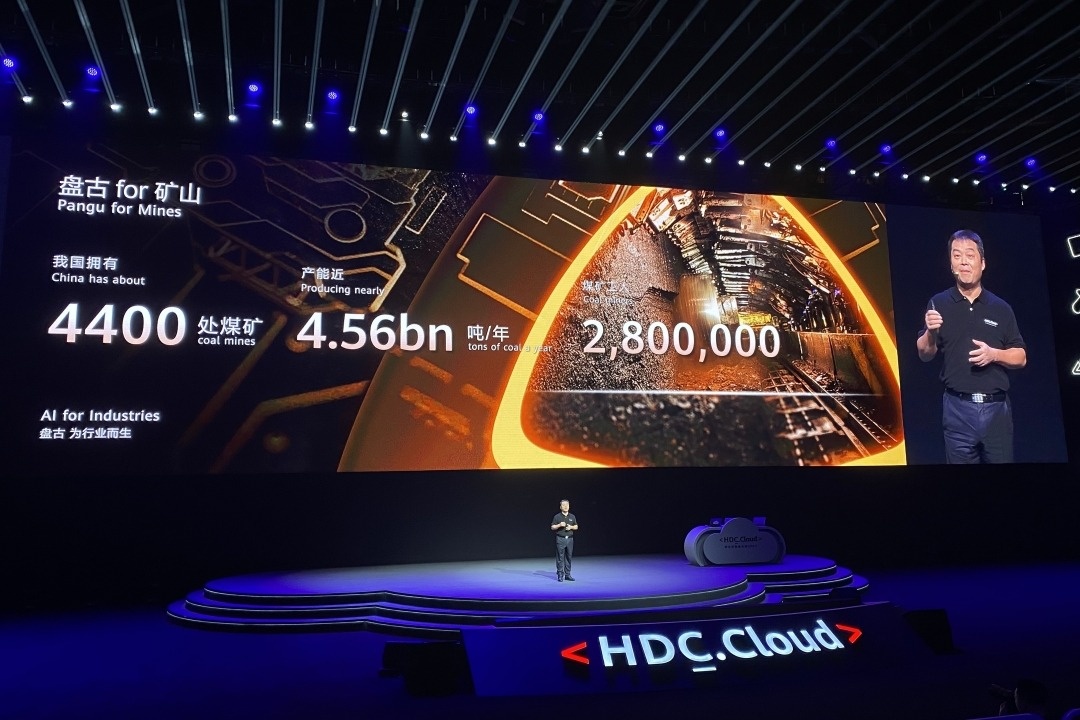 |
Huawei demonstrates Pangu 3.0 model in 2023. Photo: VCG . |
Analysts say combining the Pangu model with AI chips and related products could give Huawei an advantage, helping to optimize AI solutions and applications for many purposes.
While many competitors like Baidu develop general-purpose LLM, Huawei chooses its own path by focusing on specialized AI models, serving areas like government , finance and manufacturing.
“Huawei is not as strong as companies like DeepSeek or Baidu in terms of overall software, but they don't need to be.
The company’s ultimate goal is to use open source products to drive hardware sales. This is a completely different business model from its competitors. They also have partnerships with DeepSeek, Baidu and will continue to do so,” said analyst Marc Einstein of Counterpoint Research .
Sharing the same view, analyst Ray Wang from Constellation Research said that Huawei's current strategy is somewhat similar to Google's in developing chips and AI models, while building the open source model Gemma.
Open programming language, competing with Java and Swift
Not only the AI model, Huawei said it will open source Cangjie, the company's self-developed software programming language, from July 30. This is also a move to reduce dependence on foreign software and other technologies.
Named after the mythical Chinese figure credited with inventing Chinese characters, Cangjie focuses on “all-scenario intelligence.” According to Huawei, the language features AI and robust security, making it suitable for a wide range of uses.
Currently, Cangjie mainly supports application programming for HarmonyOS Next, Huawei's self-developed operating system that operates independently of Android.
According to Huawei, Cangjie also supports writing applications on Android and iOS, competing with popular programming languages such as Java (commonly used on Android) and Swift (on iOS).
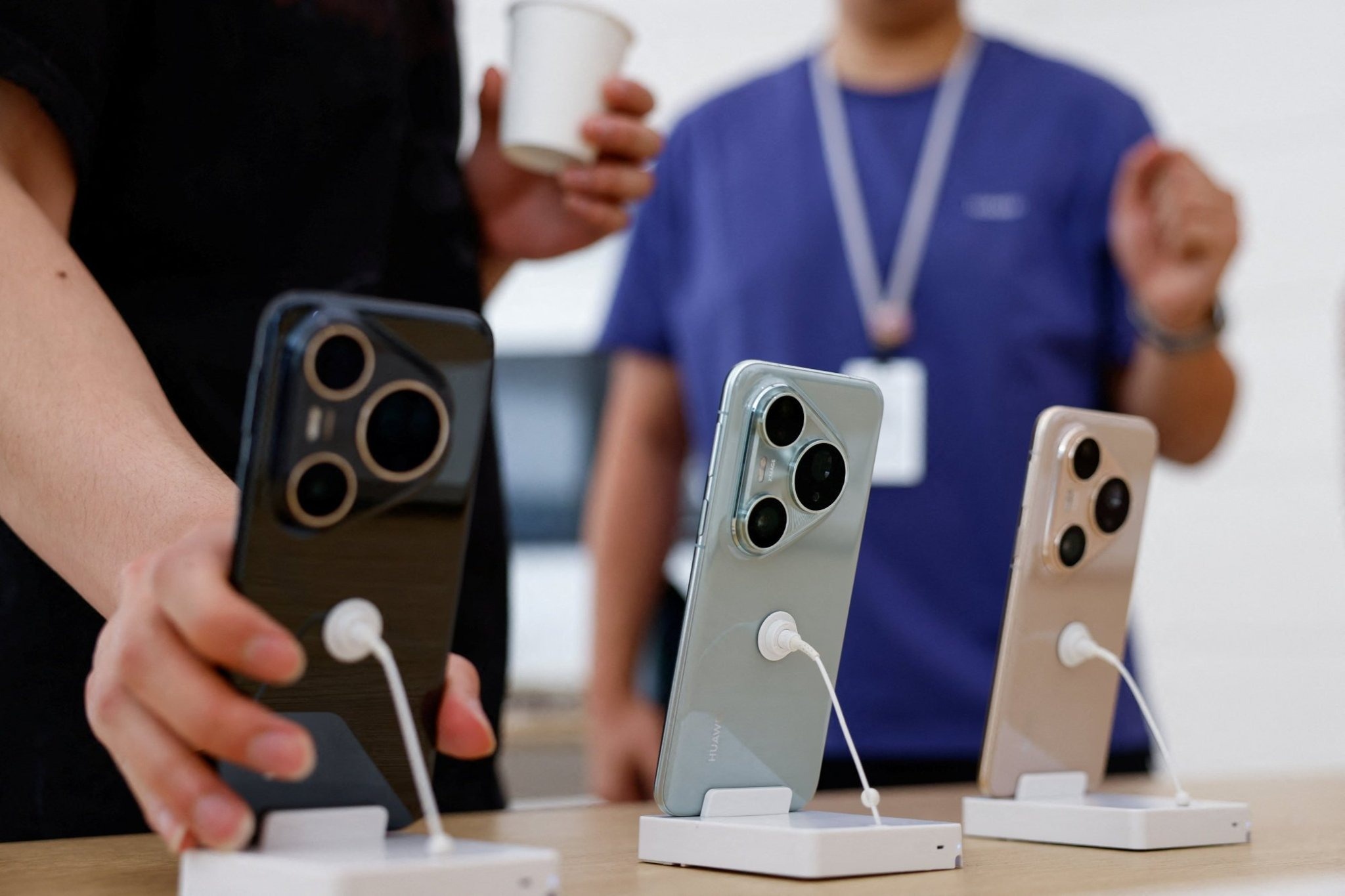 |
Huawei smartphones on display at a store in Beijing (China). Photo: Reuters . |
The first test version of Cangjie was demonstrated by Huawei in June 2024 after nearly 5 years of development. According to SCMP , the language quickly attracted attention in the developer community, recording more than 10,000 trial applications in a few weeks.
By October 2024, Cangjie will release HarmonyOS to all developers, which will be used to develop many applications such as delivery service Meituan and e-commerce platform JD.com, according to Huawei's statement.
For example, Meituan is using Cangjie to develop an app for delivery drivers, which is expected to be released on HarmonyOS in the third quarter of this year.
At the recent developer conference, Huawei also introduced the latest version of HarmonyOS 6, alongside AI models and the CloudMatrix 384 server system.
Richard Yu Chengdong, President of Huawei's consumer business, said HarmonyOS 5 is pre-installed on about 40 different Huawei devices, with more than 8 million developers and more than 30,000 supporting apps.
In a June 30 announcement, Huawei called on developers, business partners, and researchers around the world to download and use open source products to collect feedback, helping the company improve in the future.
“Huawei’s open source strategy could be of interest in developing countries where businesses appear to be more price-sensitive,” added analyst Marc Einstein from Counterpoint Research .
Source: https://znews.vn/chien-luoc-moi-cua-huawei-post1565472.html



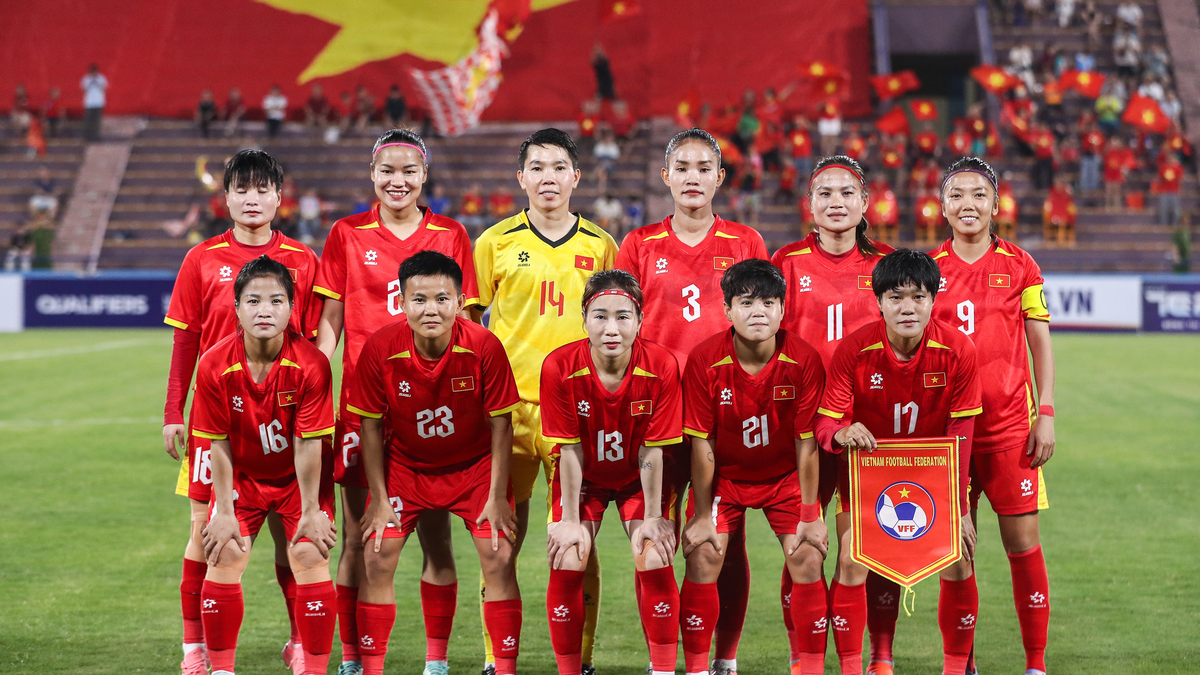

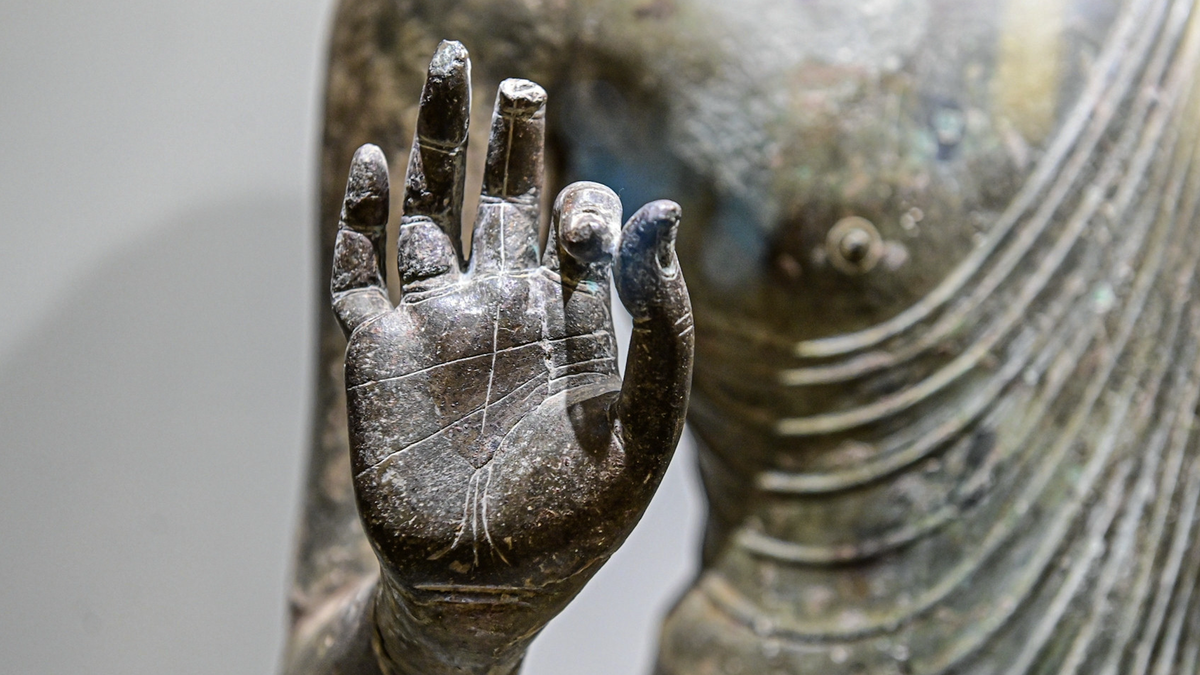


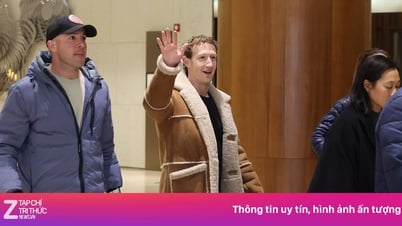
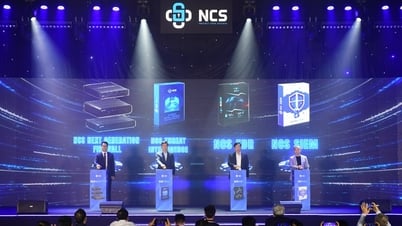


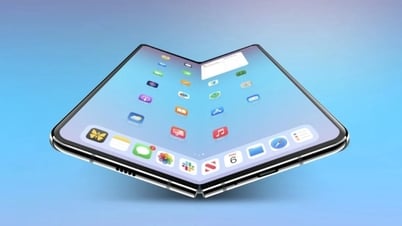
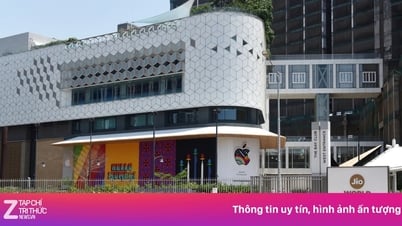
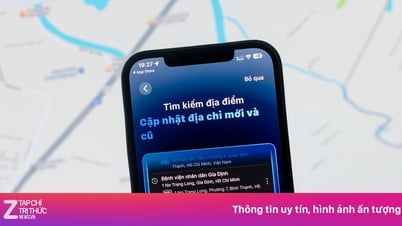





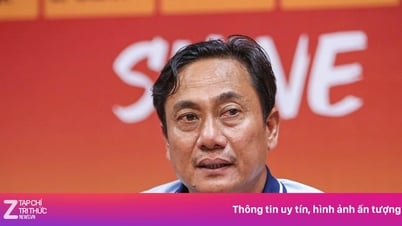
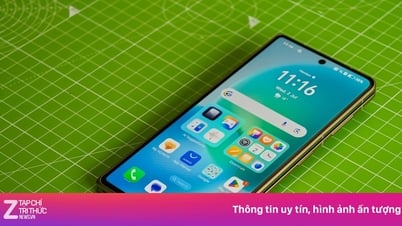

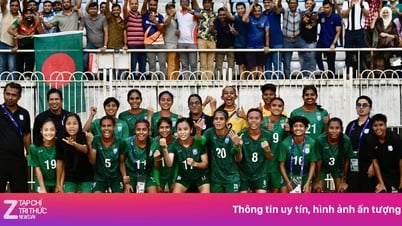
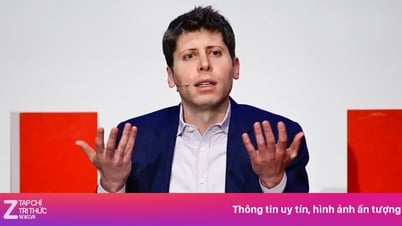





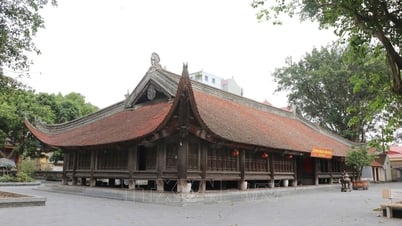

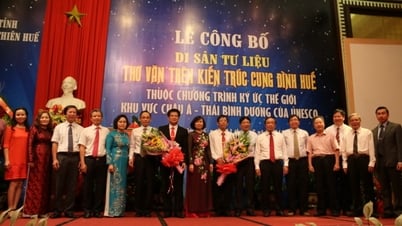

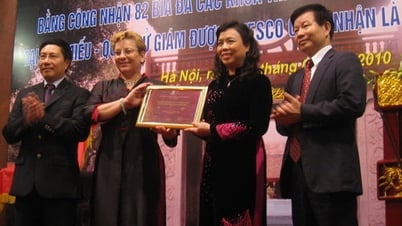



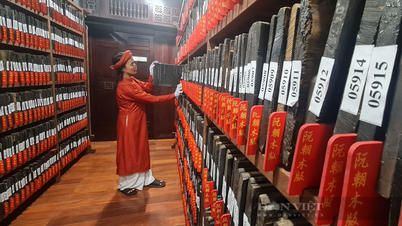



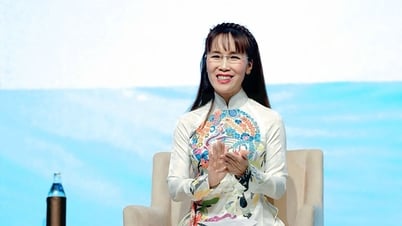


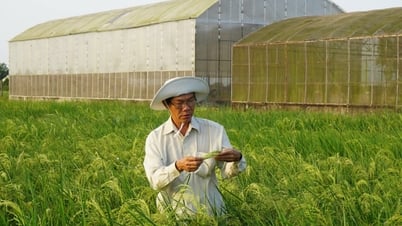

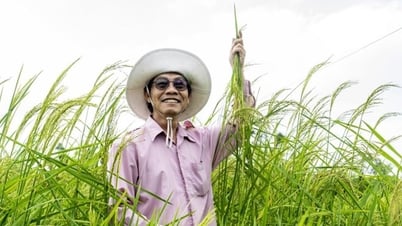

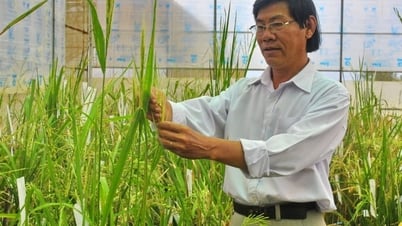
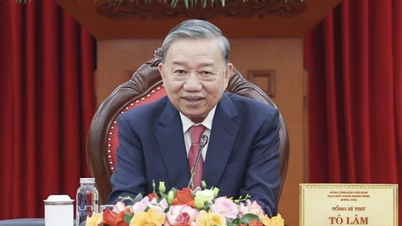




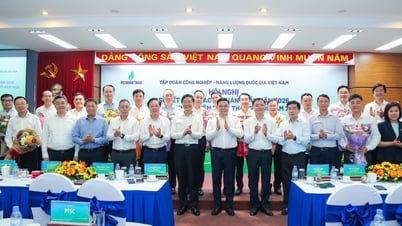
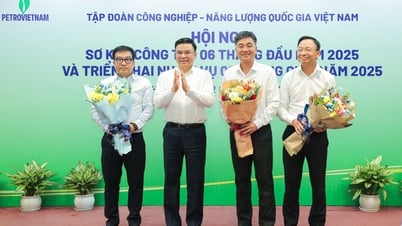


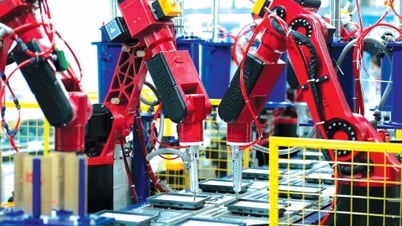

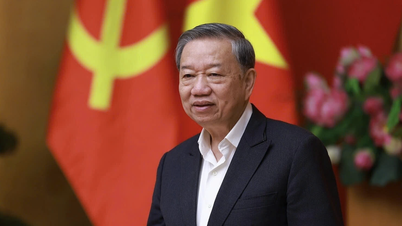


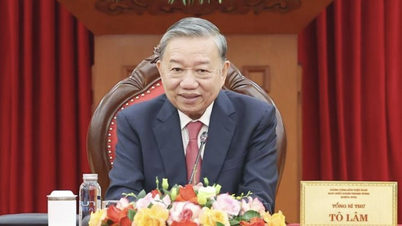
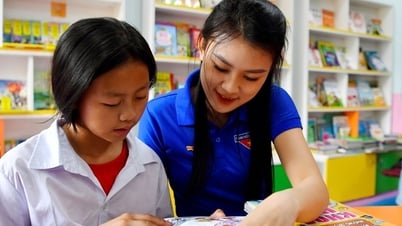

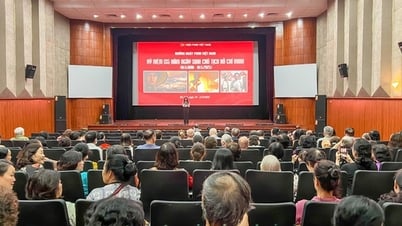
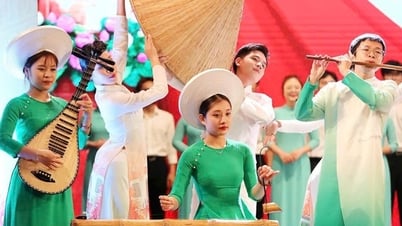

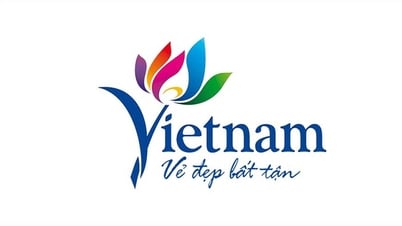



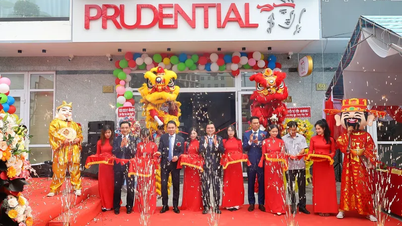

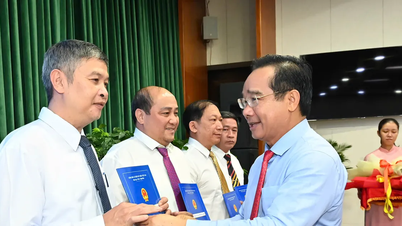

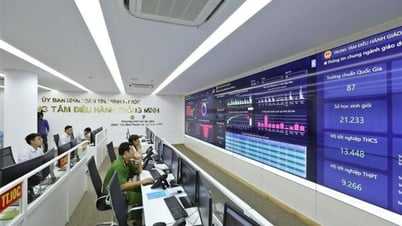

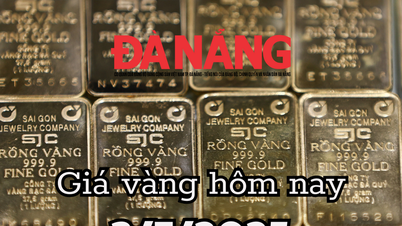

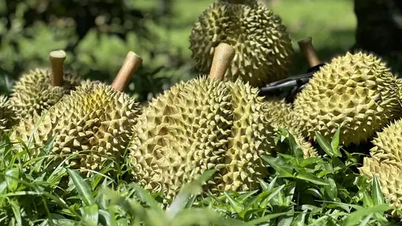

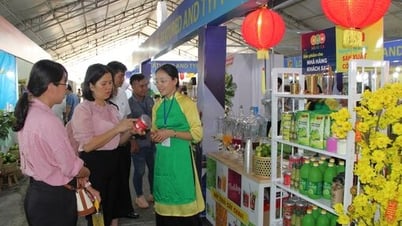





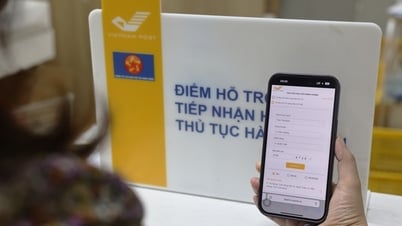
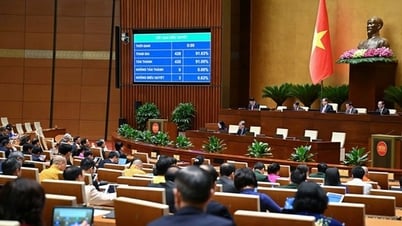





Comment (0)